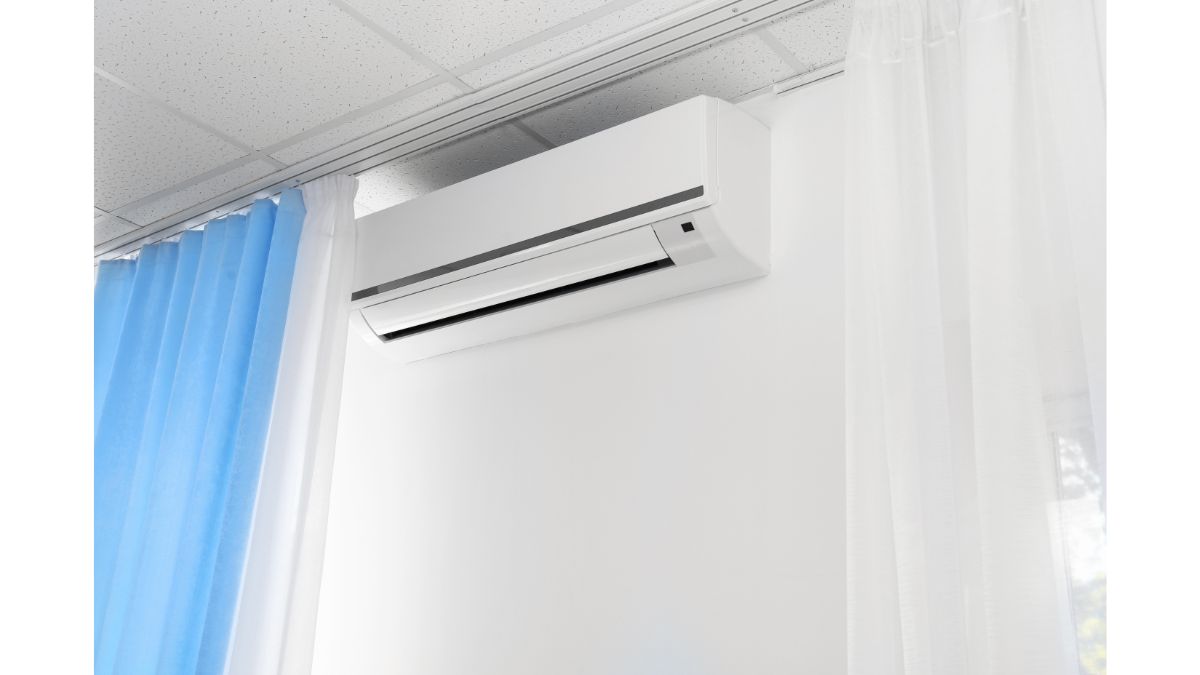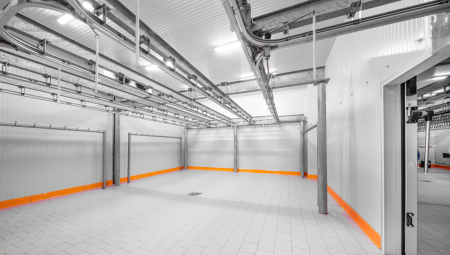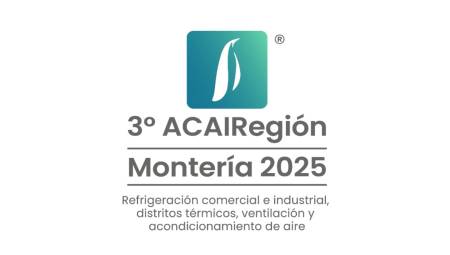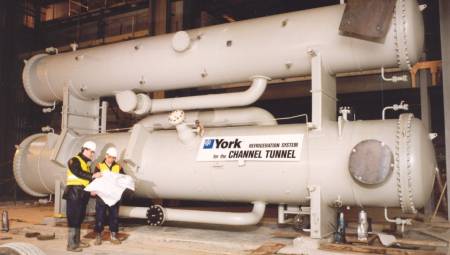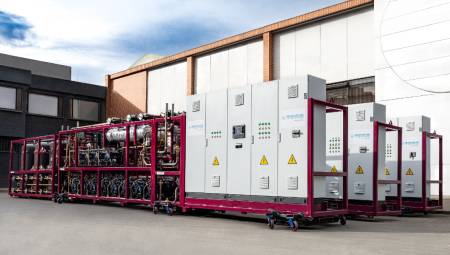International. Researchers at the University of Tokyo have generated electricity from latent heat, the energy created when a substance transitions from solid, liquid or gaseous to another state. This achievement will boost the possibilities of thermocells, devices that use temperature changes to generate electricity, which is known as thermoelectric conversion.
As all materials can undergo phase transitions under the right circumstances, this research supports the idea that a wide variety of materials have potential to be used for thermoelectric conversion. Latent heat that was once wasted could be used to allow devices to create their own energy while cooling, reducing reliance on other energy sources.
Researchers at the University of Tokyo were interested in the potential of latent heat energy that is created when the phase of a substance passes from one state to another, for example, when the water inside an air conditioner evaporates and condenses to create the cooling effect. Unlike the hot air you feel shooting out of an air conditioning unit, the latent heat created by the water inside is almost imperceptible. Thermoelectric conversion uses heat to generate electricity and one device that can do this is the thermocell.
The team created their own thermocell using a hydrogel (a water-rich polymeric material) called PNIPAM, which they modified with a compound called viologen. This modified hydrogel contained a thermosensitive polymer, meaning that the polymer reacted to temperature change, being in this case soluble in cold water but insoluble in hot water. With this thermocell, they were able to successfully use the very small amount of latent heat energy generated by the phase transition (between soluble and insoluble) to create electricity.
"For the first time, we have confirmed that latent heat has the potential to be used for thermoelectric conversion," said Professor Teppei Yamada of the Department of Chemistry at the University of Tokyo's Graduate School of Science. "We believe we can use various types of materials for thermocells. Any substance in the world can make a phase transition under the right conditions: for example, cream turns into ice cream, sand into glass, water into steam, etc. With this method, in principle, it is possible to extract electrical energy from even the slightest temperature difference, which greatly increases the number of situations in which thermoelectric conversion can be used."
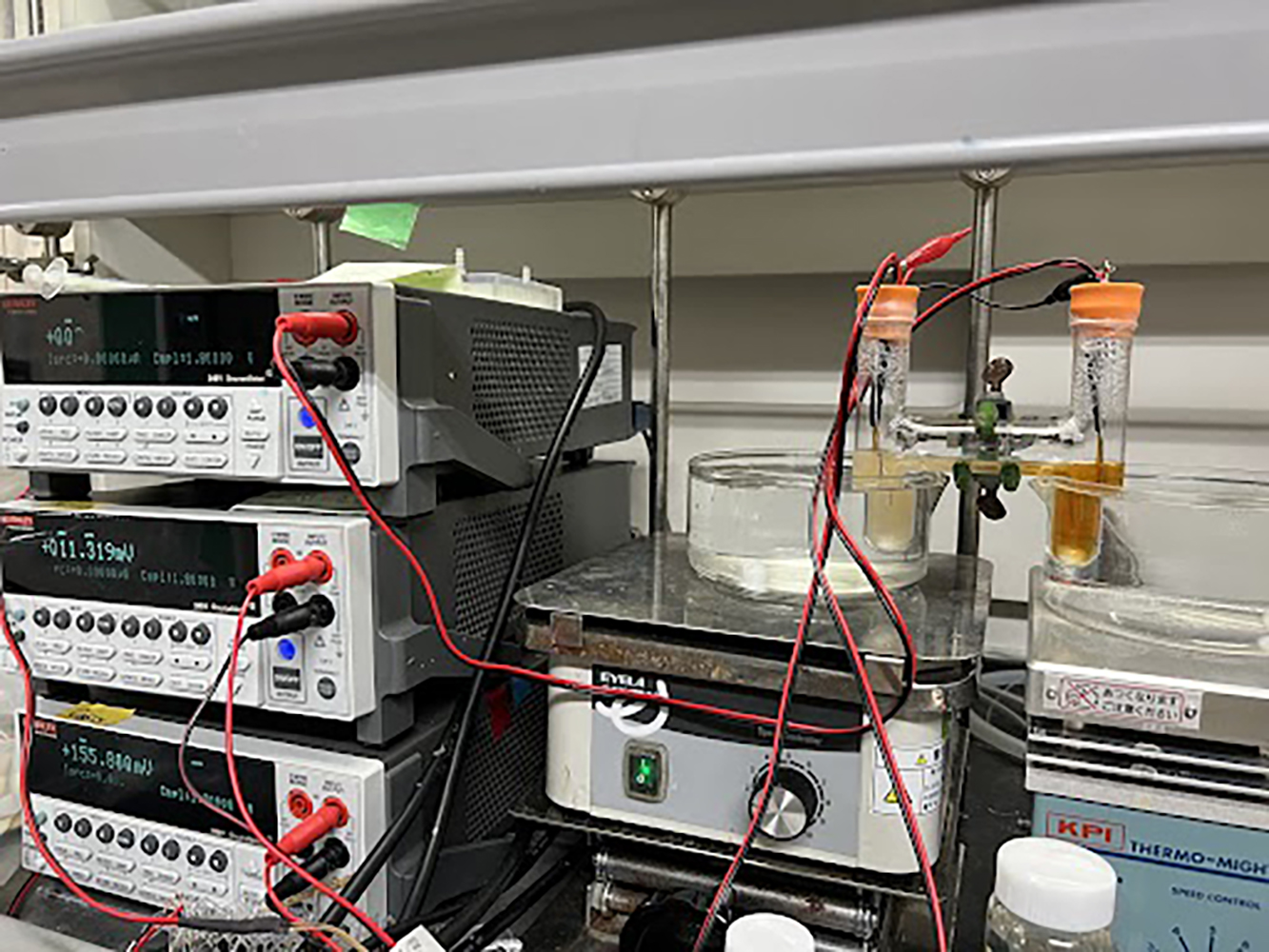
Experimental configuration of thermocells. Electrochemical cooling is currently not widely used or marketed due to its poor performance compared to other options, such as electric cooling. However, this research may change that.2023 Yamada. ©
The performance of a thermocell is evaluated based on the amount of voltage that can be generated from a small temperature difference, which is called the Seebeck coefficient. The higher the Seebeck coefficient, the more electrical energy can be extracted. The Seebeck coefficient of thermocells using organic compounds is usually less than 1 microvolt (one millionth of a volt) per kelvin unit of temperature, but in this test they exceeded 2 microvolts per kelvin. "This is a remarkable achievement," Yamada said. "Although we have previously created thermocells that produce 2 microvolts per kelvin through a pH change, this is the first time that the energy of a phase transition has been used directly."
The researchers hope this work will help improve refrigeration technology, temperature control devices and other technologies such as temperature sensors. "We have already reached the stage where we can consider practical applications of thermocells. For example, we hope that it will be possible to generate electricity while cooling a server room or a car engine," Yamada said. "The real challenge now is that this technology is not well known, so we need industry, government and academia to work together to achieve rapid societal implementation."


